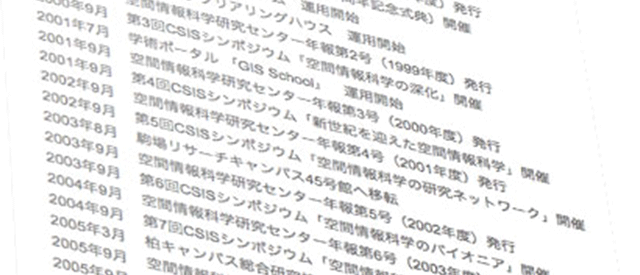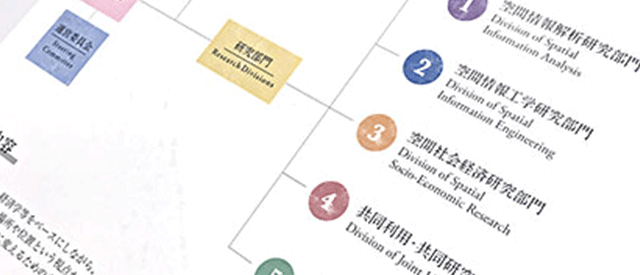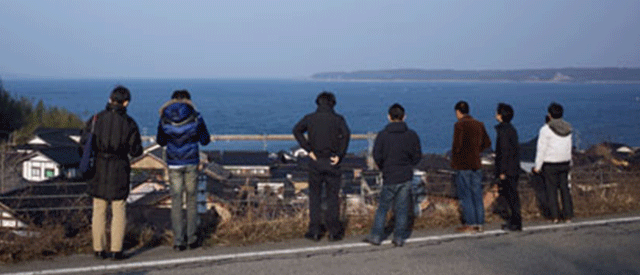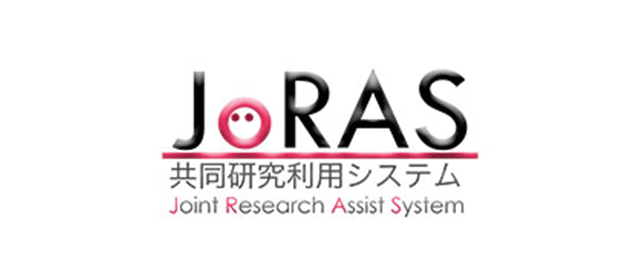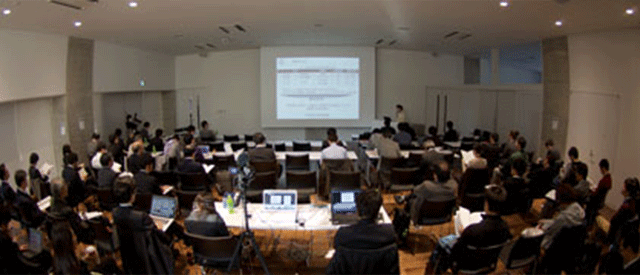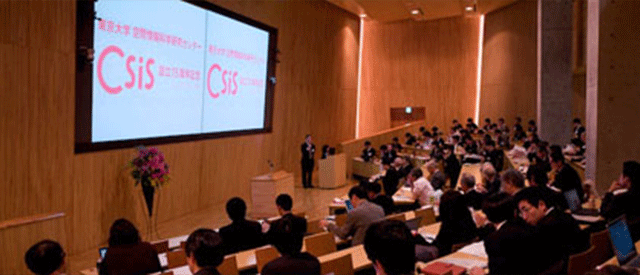Professor, Division of Spatial Socio-Economic Research
Further information is available at https://sites.google.com/view/takaaki-t/ホーム
The research on the provision of public goods by local governments
We often observe that governments compete with each other in the provision of local public goods, in particular, infrastructure, which are the public goods whose consumption is limited to a particular area. It is not rare, for instance, that local governments behave strategically to win the construction of national highway and high speed train systems in their own regions. Taking another example, the national governments planning to construct a high capacity international airport compete with each other so as to make their own airport a hub in the global aviation network. In these cases, the governments consider whether their construction of such infrastructure provokes their neighboring competitors’ same behavior, and, if it is the case, how the price competition will end up. What is important here is that the behaviors of governments are strategic, which is far from the world characterized by the perfect competition.
The purpose of this research is to reveal the nature of the competition among the governments providing local public goods, through theoretical and empirical analyses. Special attention is paid on the transport costs and the economies of scale. These two factors play an important role in the so-called ‘new economic geography’, which has been attracting the attentions of many researchers since 1990’s. Thus, in this research, the results of the new economic geography are taken into account.
The research on the mutual relationship between economic geography and transport costs
Types of transport technologies adopted in each economy differ among cities, regions and countries. In the United States, for example, a number of passengers use airplane to move between cities while most of the cargo shipment is made by trucks. In Japan and Europe, railways take an important part in transportation. Moreover, what transport technology is used affects the transport costs, which, in turn, gives impacts on the economic performance of cities, regions and countries. That is, the transport technology affects the behaviors of consumers and producers through the price mechanism in a shorter run, and, furthermore, it causes the changes in their locations in a longer run. In the States, for instance, the development of the interstate highway system after the World War II resulted in the plummet of the transport costs between metropolitan areas, which induced the agglomeration of economic activities into a small number of big metropolitan areas. This enabled them to exploit the benefit of economies of scale and, consequently, to enjoy rapid economic growth.
What is important here is that in most countries, which transport technology is to be adopted is determined by the voluntary decision makings by individual economic agents including firms in a transport sector. Therefore, the result may be socially suboptimal, in particular when there exist some form of externalities or monopolistic market structure. If the market mechanism does not work well, then, some policy intervention becomes necessary. In order to enhance the efficiency of an economy, what transport technology should the governments of cities, regions and countries promote to be adopted and by what policies? This research attempts to answer such questions.
The research on the trade-off between the transport sector and the other production activities
The resource endowed in an economy needs to be allocated between the transportation and the production of goods and services. If the production expands, the demand for the transportation increases, and, as a result, the resource to be allocated to the transport sector also rises. This works against the expansion of production. Thus, there is a trade-off between the transportation and production.
This research examines this trade-off relationship and studies the mechanism that determines the resource allocation between the transportation and production. Moreover, it explores the effects of the industry structure, namely, the relative size of transport sector compared to production sectors, upon the resource allocation and a welfare level of an economy.
教授 空間社会経済研究部門
個人ページ: https://sites.google.com/view/takaaki-t/ホーム
規模縮小時代の都市・地域経済問題:新経済地理学の政策的インプリケーション
依然としてわれわれは,都市・地域をめぐり,さまざまな問題に直面している.これまでは,交通混雑の問題や住宅の量と質の問題など,多くの都市・地域問題が高度経済成長のひずみとして生じてきた.ところがその後高成長は終息し,経済は安定成長期に入った.また,近年少子高齢化が進み,これまで前提とされてきた経済の規模拡大が過去のものとなり,規模の縮小が現実のものになりつつある.このような状況にあって,当然のことながら都市・地域問題も変質してきている.たとえば,マクロなスケールで見れば経済全体の成長鈍化を背景にして,限られた果実を都市部と地方でどのように配分すべきかという課題が,いっそう尖鋭的なかたちで突きつけられるようになってきている.都市部と地方との間で財政をどうバランスさせるかという議論も,この一つの現れに過ぎない.また,ミクロなスケールでは,たとえば中心市街地衰退の問題がある.この問題は,基本的に地方中小都市自体の衰退に起因するのであり,都市が成長しているときには考える必要のない問題だった.本研究では,新経済地理学の知見を応用して,こうした問題の解決策を探る.
不完全情報による経済活動の集積の研究
1990年以降盛んになった新経済地理学は,経済活動の地理的集積を,需要面での連関と費用面での連関の相互作用から生じる累積的な因果関係によって説明する.その説明で鍵になるのは生産要素所有者の地理的移動である.確かに一国や大きな地域における集積を考える場合には生産要素所有者の地理的移動が重要な役割を果たすだろうが,都市のような小さな空間における集積を考える場合にはむしろ別の要因が重要になる.そのような要因の一つが不完全情報である.集積を引き起こす不完全情報にはさまざまなタイプのものが考えられるが,まず,消費者が都市内の商業地域で販売されている財の特性について完全な情報をもたない状況を考える.このとき消費者は,財の特性の期待値に基づき利用する商業地域を選択する.このような消費者の行動に直面して,小売企業がどのように立地を決定するか理論的に分析し,結果としてどのようなときに商業の集積が起こるかを明らかにする.この研究によって,中心市街地の商業地域と郊外の商業地域が発展したり衰退したりする要因に対する理解が深まることが期待される.
高齢者の空間分布と都市内移動の研究
前代未聞の高齢化が叫ばれているが,高齢者の空間的な分布と都市内移動に付随する問題の理解はあまり進んでいない.本研究では,高齢者の居住地決定がどのような要因でなされるかを調べ,それに関する問題点を明らかにする.また,都市内移動についても,移動の手段や距離,頻度等について調査し,問題点を明らかにする.そのために,アンケート調査と統計データに基づく分析を行う.



